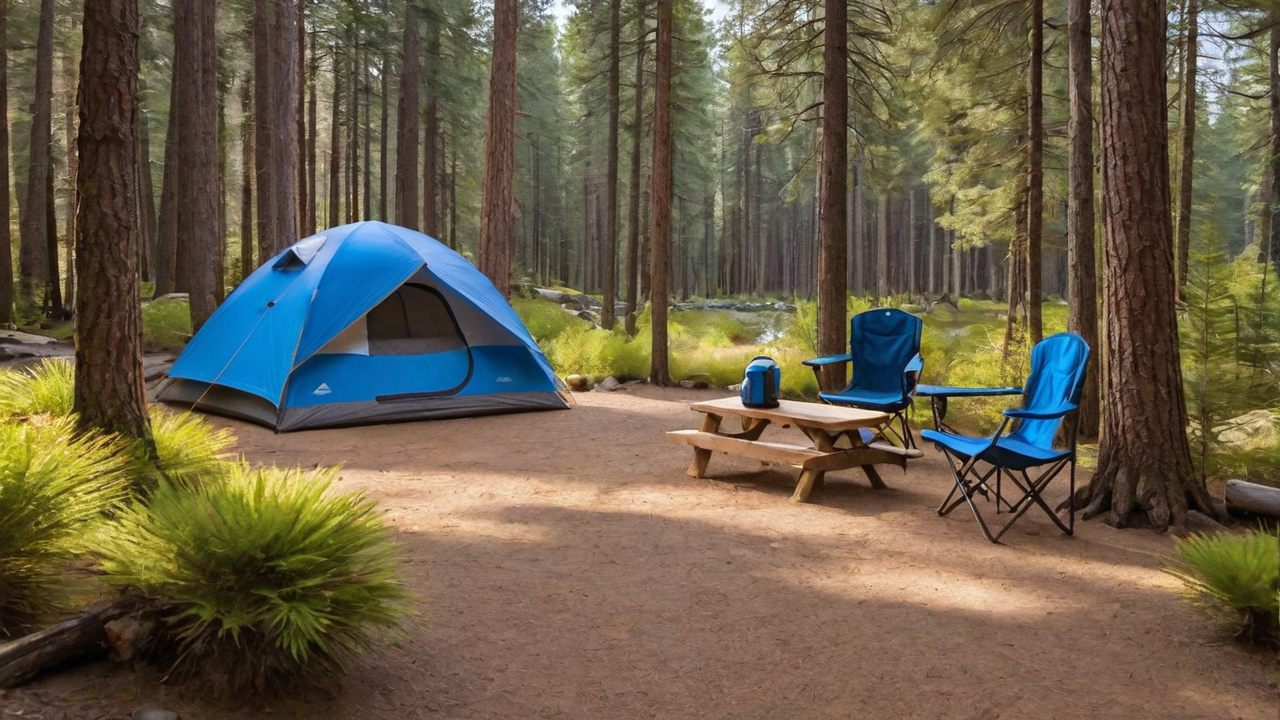Improving Site Choice with Geographic Information Systems Integration in Campsite Management Software
Improving Site Choice with Geographic Information Systems Integration in Campsite Management Software
Blog Article

Utilizing Geographic Information Systems for Enhanced Campsite Layouts
Integrating GIS into campground management software revolutionizes the way campsites are planned and managed. By utilizing precise geographical data, administrators can optimize the layout for better accessibility and guest experience. This integration allows for the design of detailed site maps that incorporate existing landscapes, maximizing the use of space while preserving the environment.
The capability to visualize and adjust the campground layout in real-time offers a significant advantage in planning and development. Precise GIS data assists in locating ideal locations for amenities, ensuring they are both accessible and environmentally sustainable. This approach not just enhances guest contentment but also contributes to a reduced environmental impact.
Simplifying Reservation Systems with Geographic Information Systems
By integrating GIS into campground reservation systems, operators offer a more engaging booking process for campers. Guests can select their preferred spots based on actual geographical data, including proximity to amenities and picturesque views. This degree of detail in site selection significantly enhances preparation and satisfaction for campers.
Furthermore, this technology cuts down the likelihood of overbooking and clashes among reservations. Accurate GIS data ensures that each site is accurately mapped, with clear demarcations, thus making a smoother reservation process. This effectiveness not only reduces time for campground managers but also enhances the overall customer experience.
Enhancing Safety and Emergency Response with GIS
Incorporating GIS into campground management software greatly enhances safety and emergency response. Detailed site maps allow for precise location of emergency facilities like fire stations, first aid points, and evacuation routes. This accessibility to critical information can significantly speed up response times in emergency situations, potentially preserving lives.
Moreover, GIS data can be used to spot areas susceptible to natural hazards such as flooding or wildfires, allowing for the development of proactive safety plans. By this technology, campground operators can implement precautionary strategies and alert campers of potential risks, thus guaranteeing a safer camping environment for everyone.
Optimizing Resource Distribution With GIS
GIS technology enables campground operators to effectively allocate resources across the area. By analyzing geographical data, managers are able to determine the most optimal locations for facilities such as restrooms, picnic areas, and recreational areas. This ensures that all guests have convenient access to facilities, improving their overall satisfaction.
Additionally, GIS can help in monitoring the usage of environmental assets, promoting sustainable management within the campground. Through precise mapping, campsites can avoid overuse of vulnerable areas, supporting in conservation efforts and protecting the natural appeal and integrity of the landscape.
Boosting Visitor Engagement with Interactive GIS Features
Interactive GIS maps boost guest engagement by providing an immersive exploration of the campground before arrival. Campers can tour different sites, view photos, and learn about nearby attractions directly via the campground’s webpage. This pre-arrival engagement starts the guest experience on a high note, raising anticipation and satisfaction.
Moreover, these interactive tools may act as a resource during the stay, providing up-to-date information on weather conditions, scheduled events, and available facilities. This connectivity ensures that campers remain updated and are able to completely enjoy their outdoor adventure.
Facilitating Environmental Conservation with GIS
GIS integration in campground management systems plays a crucial role in advancing eco-friendly sustainability. Precise mapping enables for thoughtful planning and conservation of environmental resources, reducing anthropogenic footprint on the landscape. Such tools make it possible to keep track of and manage ecosystems, water bodies, and vegetation, ensuring their preservation for future generations.
Furthermore, by utilizing environmental GIS data, campsites can determine regions suitable for renewable energy installations or other green initiatives. Such strategy not only enhances the campground’s sustainability but also lowers operational costs, showing a commitment to protecting the natural world.
Integrating Community Knowledge into Campground Development with GIS
GIS systems empower campground managers to integrate local insights into campsite development. By collaborating with community members, operators can gain a deeper understanding of the landscape and its historical significance. Such collaboration guarantees that campgrounds are planned with respect for community values and heritage, enriching the guest encounter.
Moreover, this cooperation assists in identifying distinct opportunities for campsite activities and offerings that showcase the local culture and natural beauty. Implementing local insights into the planning process not only improve the genuineness of the campground but also strengthens bonds with the surrounding community, establishing a positive impact for all parties.
Adjusting to Changing Guest Needs with Dynamic GIS Data
The world of outdoor hospitality is constantly changing, with guest demands getting more sophisticated. Utilizing dynamic GIS data enables campground operators to swiftly adapt to these changes by updating facilities and services to meet contemporary needs. This agility guarantees that campsites remain attractive and competitive in a fast-paced market.
Furthermore, the ability to collect and analyze visitor feedback through GIS-based software means campsite operators can constantly refine their offerings. Tailoring the outdoor adventure to meet specific desires not only boosts visitor satisfaction but also encourages loyalty, driving the success of the campground in the long term.
insight Report this page